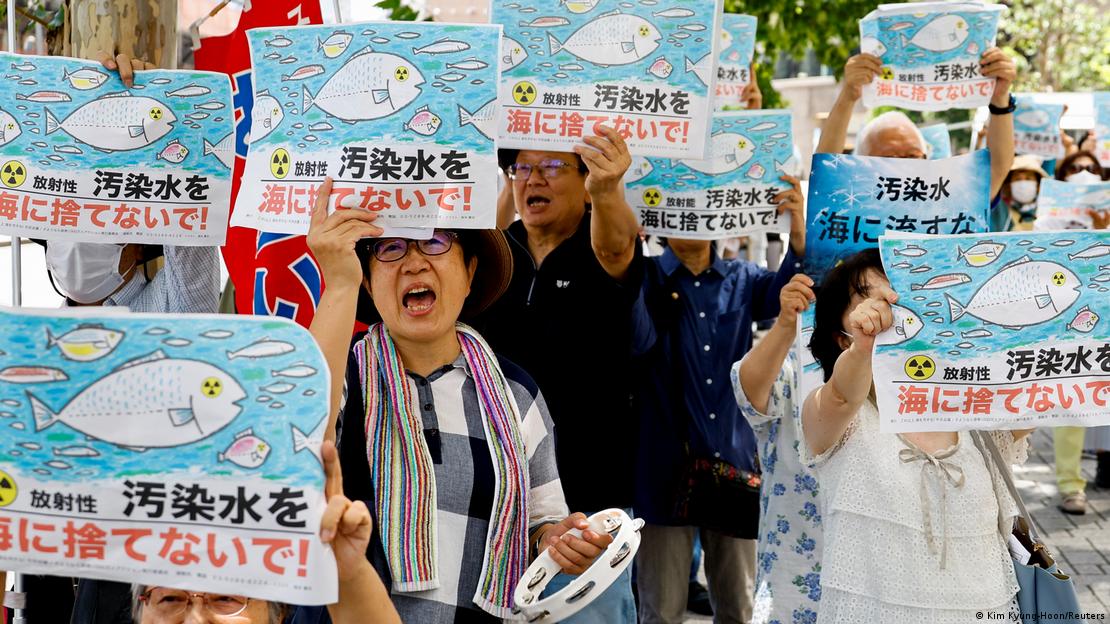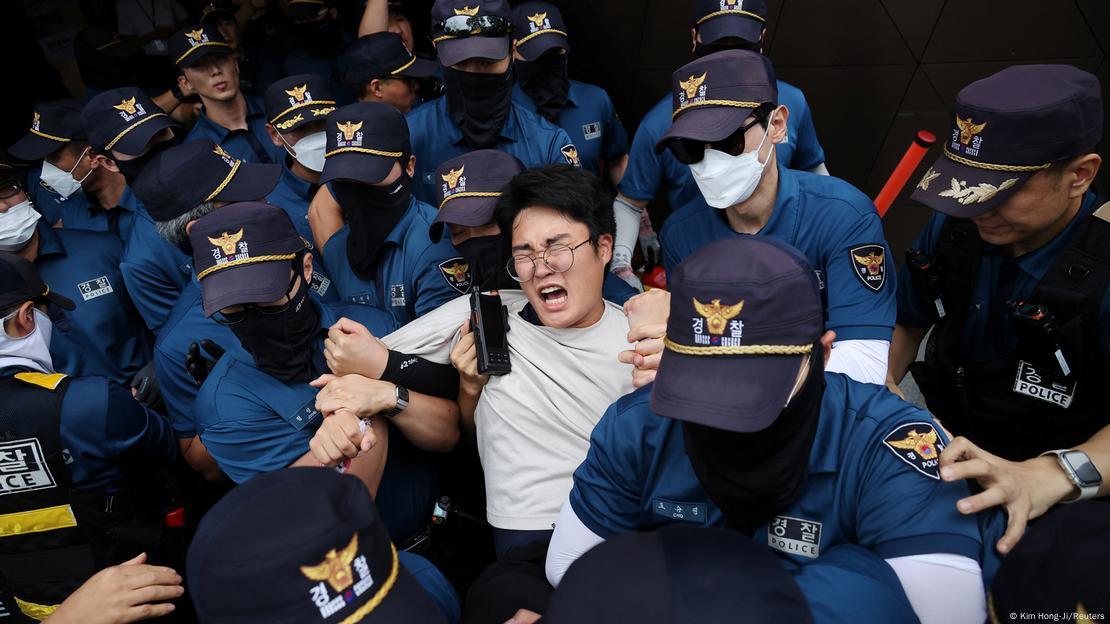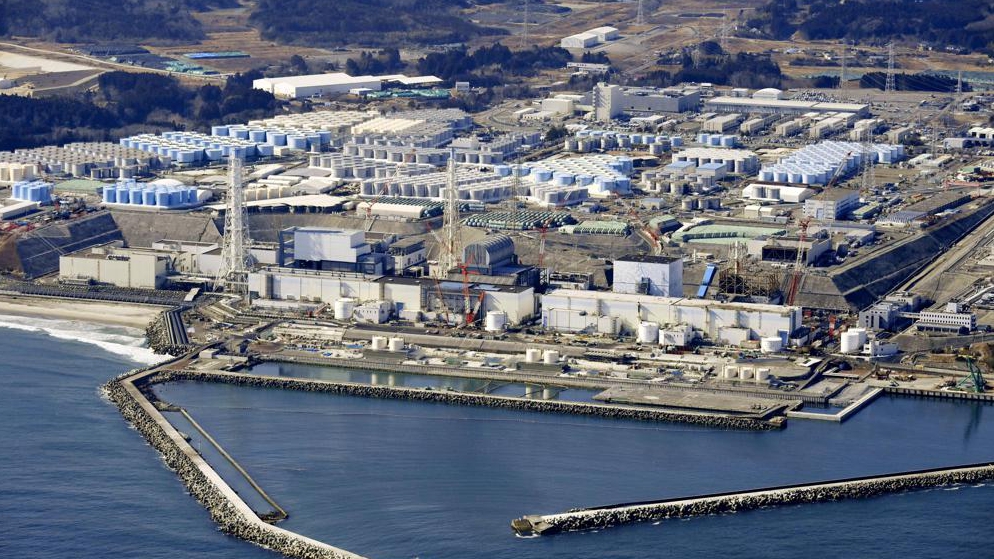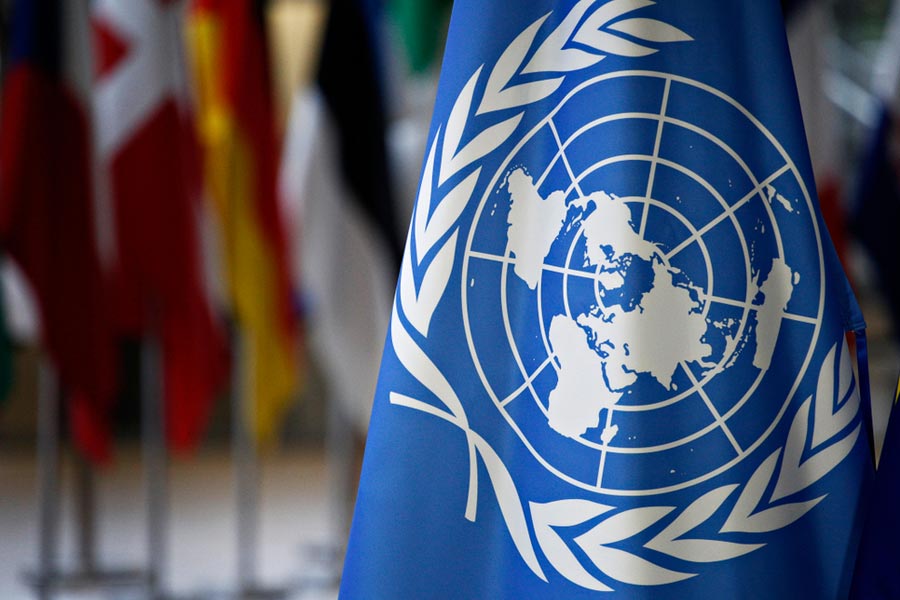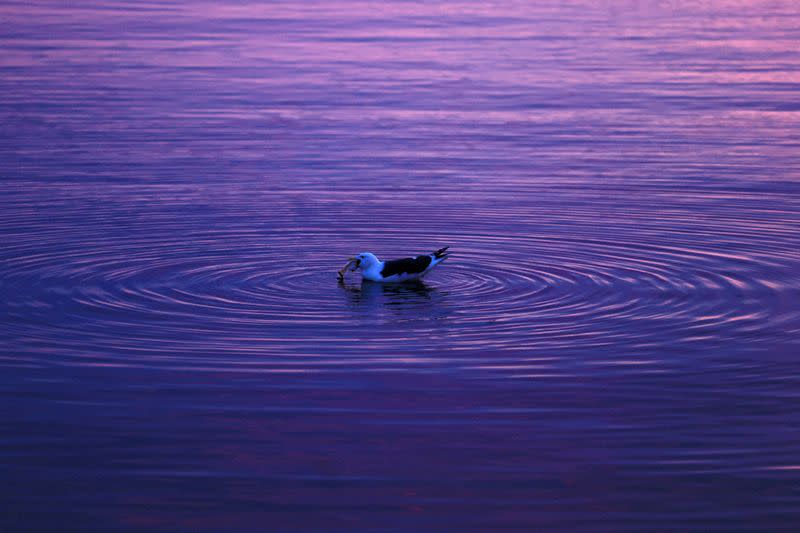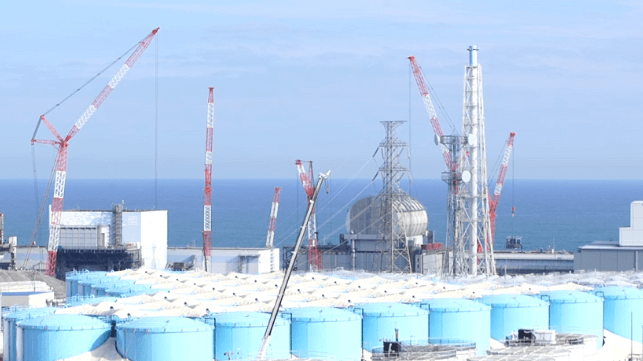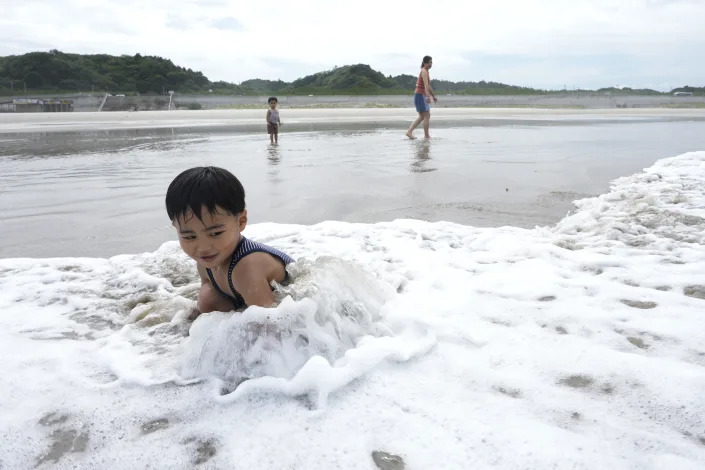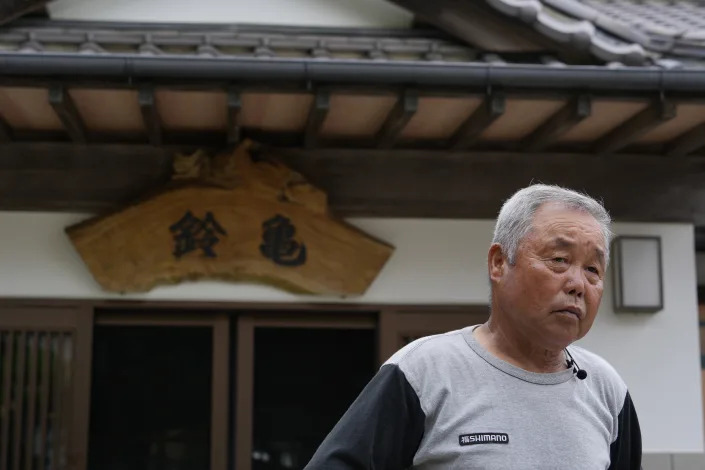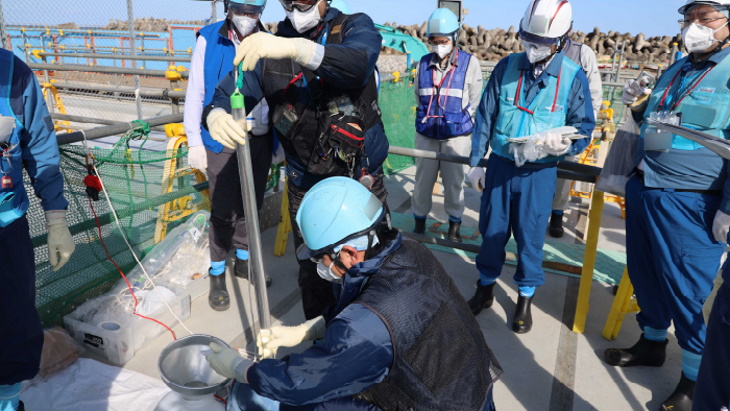As Japan Begins Releasing Water From Fukushima, Should We be Concerned?
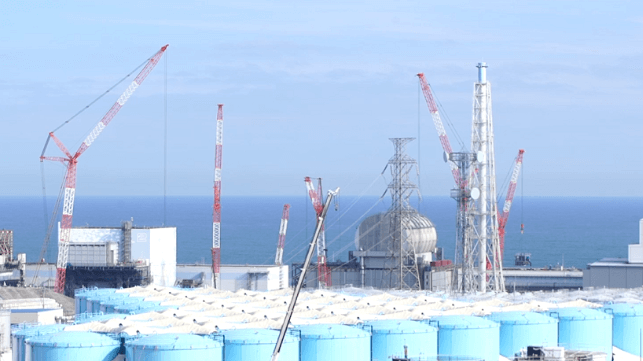
Japan’s decision to release water from the Fukushima nuclear power plant has been greeted with horror by the local fishing industry as well as China and several Pacific Island states. China – which together with Hong Kong imports more than US$1.1 billion of seafood from Japan every year – has slapped a ban on all seafood imports from Japan, citing health concerns.
Tokyo has asked for the ban to be lifted immediately. The Japanese prime minister, Fumio Kishida, told reporters on Thursday: “We strongly encourage discussion among experts based on scientific grounds.” Japan has previously criticised China for spreading “scientifically unfounded claims”.
Japan remains steadfast in its assurance that the water is safe. The discharge process, which will take 30 years, was approved by the International Atomic Energy Agency – the intergovernmental organisation that develops safety standards for managing radioactive waste. And seawater samples taken following the water’s release showed radioactivity levels more than seven times lower than the drinking water limit set by the World Health Organization.
Since the world’s highest authority on radioactive waste backs Japan’s plan, should we also dismiss the concerns raised by Pacific nations and local fishermen as merely irrational fear of radioactive materials?
Contaminated water
In 2011, a magnitude 9.0 earthquake off the north-eastern coast of Japan’s main island, Honshu, triggered a tsunami that devastated many coastal areas of the country. Tsunami waves knocked out the Fukushima nuclear power plant’s backup electricity supply and caused meltdowns in three of its reactors. The event is regarded as one of the worst nuclear accidents in history.
Since the accident, water has been used to cool the damaged reactors. But, as the reactor core contains numerous radioactive elements, including ruthenium, uranium, plutonium, strontium, caesium and tritium, the cooling water has become contaminated.
The tainted water is stored in more than 1,000 steel tanks at the power plant. It has been treated to remove most of the radioactive contaminants – but traces of the radioactive isotope tritium remain.
Removing tritium from the water is challenging. Tritium is a radioactive form of hydrogen that forms water molecules with properties similar to regular water.
It does decay over time to form helium (which is less harmful). But tritium has a half-life of slightly over 12 years.
This is relatively quick in comparison to other radioactive contaminants. But it will still take around 100 years for the radioactivity of the tritium within the tanks at Fukushima to drop below 1%.
To safely store the water that will continue to be contaminated over that time (some 100 tonnes of water each day), the plant’s operators will need to construct an additional 2,700 storage tanks. This may be impractical – storage space at Fukushima is fast running out.
Should we be concerned?
Studies have, in the past, explored the health effects of tritium exposure. However, much of this research has focused on organisms such as zebrafish and marine mussels. Research from France, for example, found that tritium – in the form of titrated water – led to DNA damage, altered muscle tissue and changed movement patterns in zebrafish larvae.
Interestingly, the zebrafish were exposed to tritium concentrations similar to those estimated to be in the storage tanks at Fukushima. But the tritium at Fukushima will be significantly diluted before its release, reaching levels almost a million times lower than those that caused health issues in zebrafish larvae.
Marine organisms within the discharge zone will experience consistent exposure to this low concentration over the next 30 years. We cannot definitively rule out potential repercussions from this on marine life. And, importantly, the findings from these studies cannot be universally applied to all animals.
It’s worth noting, however, that organisms can eliminate half of the tritium in their bodies through biological processes in less than two weeks (known as the biological half-life).
But that’s not everything
In theory, it’s also possible that the potential health issues linked to tritium could worsen due to the presence of other chemical contaminants. In China, researchers discovered that exposing zebrafish larvae to both tritium and genistein – a naturally occurring compound produced by some plants that is commonly found in water – led to reduced survival and hatching rates.
The amount of tritium used in this study was over 3,000 times less than that used in the French study. But it still exceeded the levels being discharged into the Pacific Ocean from Fukushima by almost 250 times.
Yet it’s possible that other chemical contaminants present in the ocean near Japan or within the storage tanks could interact with tritium in a similar way, potentially offsetting the benefits of dilution.
Given that we lack precise knowledge of the exact chemical pollutants present in Fukushima’s water storage tanks and their potential combined effects with tritium, it could be unwise to casually brush aside the very real concerns raised by Pacific nations and fishermen.
Edmond Sanganyado is an Assistant Professor in Environmental Forensics at Northumbria University, Newcastle.
This article appears courtesy of The Conversation and may be found in its original form here.


